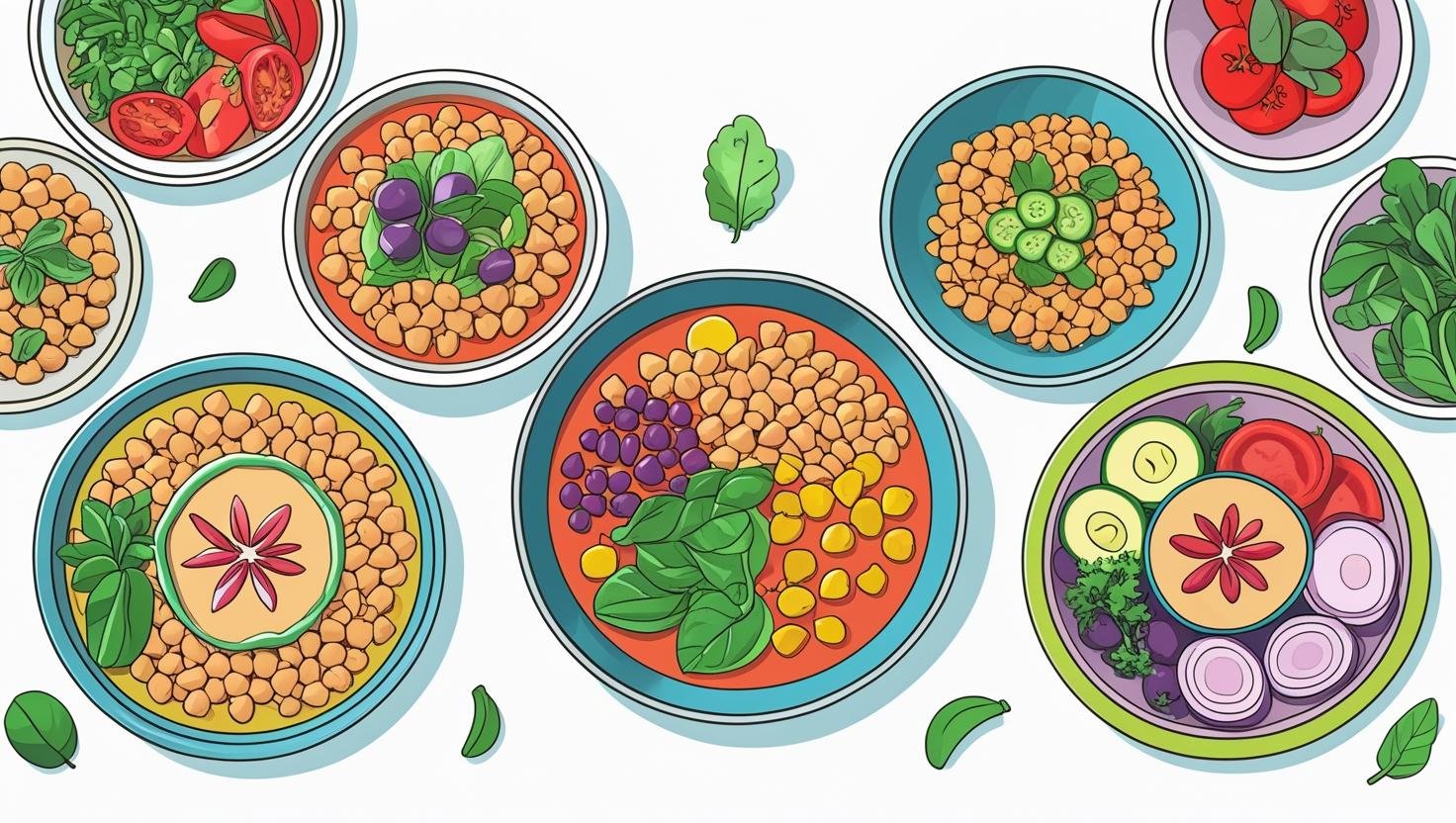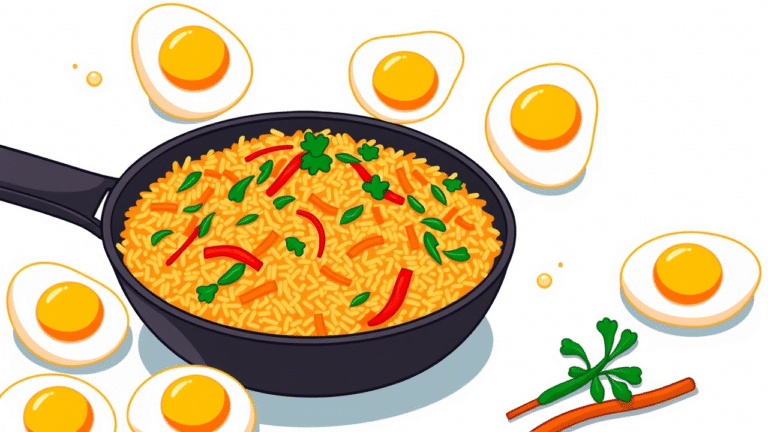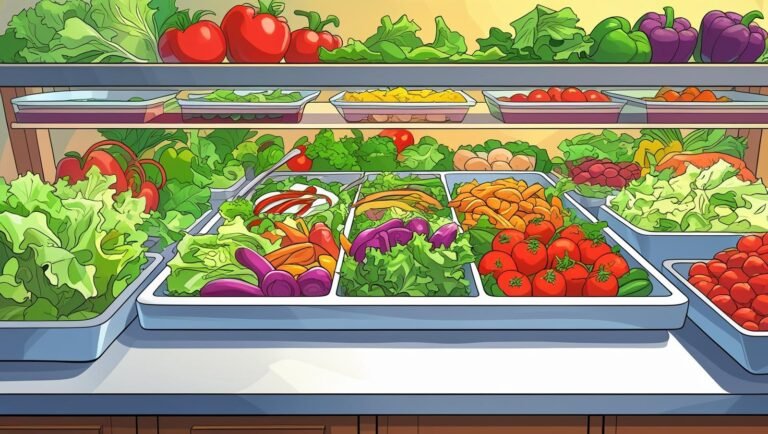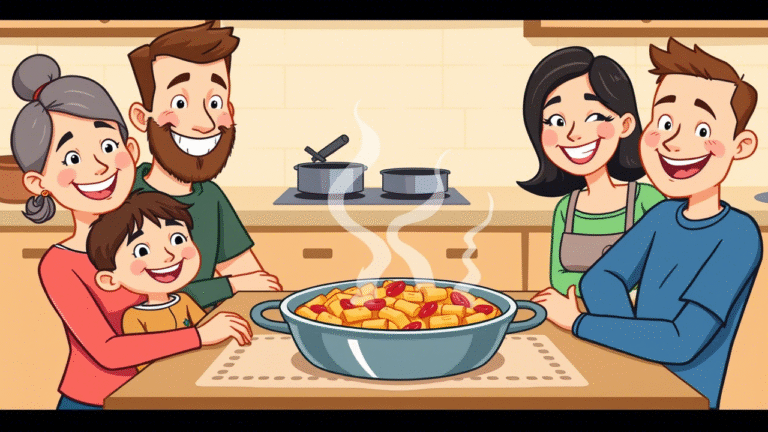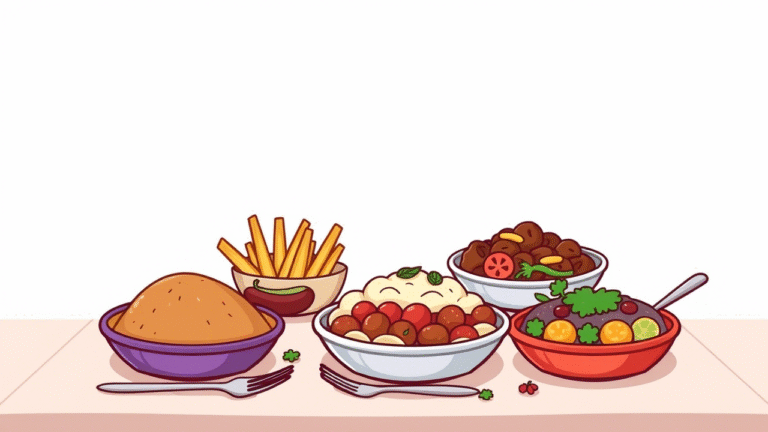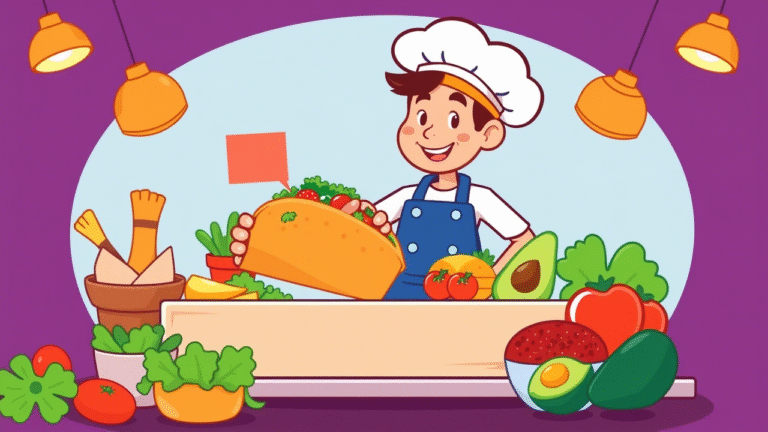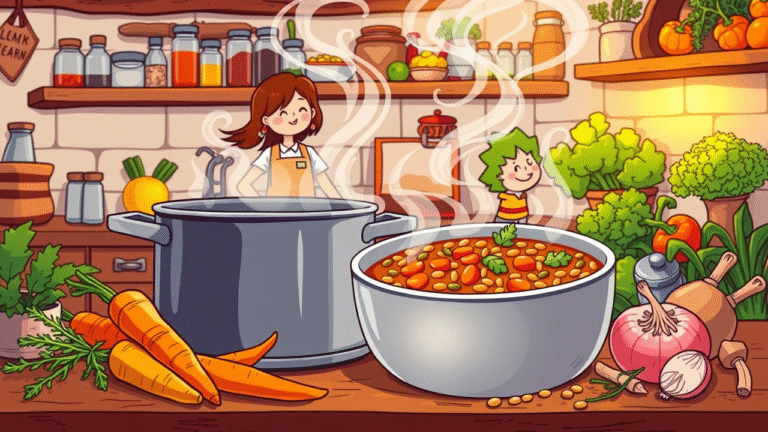Chickpea Power Bowls 5 Meals for Growing Kids
It’s never been easy getting my kids to love healthy food. And then I found Chickpea Power Bowls — and everything changed.
These bowls are flavor bombs of nutrition that even the pickiest eaters can’t help but get on board with.
Why Chickpea Power Bowls Are Perfect for Kids
Let’s cut to the chase: kids need real, nutrient-dense food to get strong and stay focused. Enter Chickpea Power Bowls, the answer to a quick and easy meal.
They are packed with protein, fiber, vitamins and good fats — all in one colorful, customized bowl.
What Makes These Bowls So Powerful?
Here’s the breakdown:
It is packed with 14.5–20 grams of protein per serving to promote stronger muscles, improved cognitive function, and consistent energy levels during the day.
And because kids are always on the go, growing, and learning, they need meals to keep them full longer.
Enter the 45–98 grams of complex carbs, slow-burning fuel that’ll fuel kids through school, sports, and playtime.
The Real Nutritional Win
What makes these bowls especially topnotch, however, is their fiber content (12–17g per serving).
It is supportive of digestion, soothes tummies and maintains a healthy gut microbiome, which is something we tend to miss but is vital for immunity and general wellness.
All the bowls offer iron, folate, calcium, magnesium and more.
Iron staves off anemia, folate encourages new cell growth and calcium builds strong bones — all the things parents want for their children.
A Quick Look at 5 Kid-Friendly Chickpea Power Bowl Meals
Here’s what you can expect from five popular versions:
| Meal Name | Calories | Protein (g) | Carbs (g) | Fiber (g) | Fat (g) | Iron (mg) | Calcium (mg) | Notable Vitamins/Minerals |
| Classic Chickpea Bowl | 359 | 19.3 | 60.0 | 16.7 | 5.6 | 6.3 | 107 | Folate 282mcg, Mg 78.7mg, K 636mg |
| Cajun-Spiced Bowl | 920–1030 | 20 | 98–110 | 16 | 53–57 | 6 | 189 | K 1227mg, Ca 189mg, Vit D 0mcg |
| Vegan Chickpea Bowl | 445 | 18 | 56 | — | 19 | — | — | — |
| Spiced Winter Bowl | 371 | — | — | — | — | — | — | Includes kale, sweet potato, pepitas |
| Chickpea & Feta Bowl | 620 | 17 | 55 | — | 37 | — | — | Includes feta, couscous, kale, tomatoes, zinc |
(These bowls vary a little in calorie, nutritional content and ingredients like grains, veggies and dressings, but all are intended to be balanced and satisfying.)
How Chickpeas Became a Staple in Kids’ Diets
Chickpeas aren’t just trendy—they’re practical.
At present, they are present on 16 percent of U.S. menus, and about 1 percent of children’s menus feature chickpeas. The number is growing rapidly as parents and schools seek healthier, plant-based choices.
One reason? They’re versatile. You can mash them into hummus, roast them for crunch, or tuck them into grain bowls.
Another? They’re packed with nutrients.
A cup of cooked chickpeas will provide your little one over 50 percent of their daily iron needs and 71 percent of their folate needs. “In terms of development and immunity, that’s huge.
More Than Just Nutrition—Brain Boosters Too
And, did you know chickpeas are also good for brain development?
They’re rich in polyunsaturated fats and B vitamins, which both support cognitive function, mood regulation, and better focus.
So, not only is Chickpea Power Bowls a body growing thing but a mind growing thing, and that’s important.
The textures and colors in its bowls also encourage sensory exploration and play, that can have a long-term impact on children’s relationship to food.
Digestive Health? Check.
Fiber is not just a buzzword — it’s a game-changer.
Packed with 12–17 grams of fiber per bowl, these meals support your digestion and gut health.
Why does this matter? Because a happy gut = a happy kid.
Sharper digestion equals less tummy trouble and better nutrient absorption, even better sleep and behavior too.
Building Balanced Bowls
Making a Chickpea Power Bowl is like constructing a rainbow on a plate. Here’s what typically goes inside:
- Chickpeas – the main ingredient of the dish
- And serving it with other whole grains, like brown rice, quinoa, farro, or couscous, for longer-lasting energy.
- Best vegetables for meal prep – Roasted (or not) – (kale, sweet potatoes, broccoli, cucumber)
- Healthy fats (olive oil, tahini, nuts or seeds)
- Herb, spice, lemon juice or balsamic glaze for zing
The beauty is that this is a format you can mix and match, based on what your kid likes — or what’s in season.
Making It Fun and Engaging for Kids
Let’s be real: Convincing kids to eat vegetables can be a full-time job.
But when you allow them to assemble their own bowls, a little bit of magic occurs.
Now they’re all excited to try new things suddenly.
They’ll grab for the colorful peppers, sprinkle on the pumpkin seeds, or even pour on their own dressing. It is no longer a battle, and becomes a game.
This sort of hands-on intervention doesn’t just encourage adventurous eating — it educates them about balance, about portion size.
Real-Life Benefits Parents Are Seeing
I even whipped on myself well over 100 times, and have heard from dozens of parents who’ve made Chickpea Power Bowls part of their weekly rotation.
Their tales never waver: Children consume more veggies now, gripe less at mealtime and even ask for seconds.
And some have been able to focus in school more and have been happier overall.
And yes, fewer visits to the doctor with stomach bugs or fatigue — both indicators of improved gut health and immunity.
Heart Health Starts Early
One of the silent victories of these bowls is their benefits to heart health.
They’re inherently low in saturated fats and cholesterol making them one intelligent choice for optimal health throughout life.
With childhood obesity rates rising along with the early markers of heart disease, opting for these kinds of meals can have a big impact down the road.
Final Thoughts
Chickpea Power Bowls aren’t just a trendy meal – they’re an intelligent, adaptable and tasty way to feed growing kids.
From brainpower to gut health, these bowls have it all covered, all without sacrificing flavor or fun.

I’m Kai, a fitness fiend and wellness geek from Vancouver. I love helping people find small, sustainable ways to feel better every day. From workouts, to good mental health, to smoothie recipes, I keep it real. Perfection is not my thing — progress is. When I’m not at the gym, I’m likely to be hiking or sampling a new meditation app

